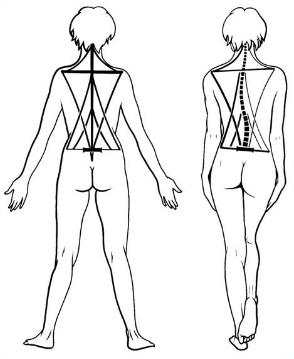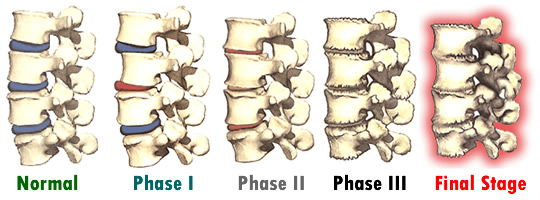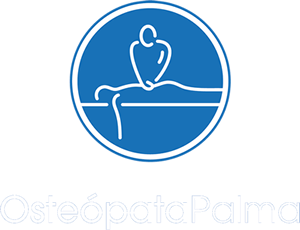What is Osteopathy?
Osteopathy is a manual therapy that primarily manipulates the musculoskeletal tissues. Through passive, active, and orthopedic tests the osteopath observes were the asymmetry lies between your tissues and aims to correct where the tension is held between your bones, ligaments and muscles, to resolve the cause of your pain.

Through a lot of study, both at a university degree level and with postgraduate courses, the qualified osteopath has the ability to observe, feel and read the quality of the tissues that are causing symptoms, discomfort and inflammation, and start a treatment and rehabilitation management to recover the function of the tissues.
Osteopathic treatment areas
Structural Osteopathy: which is aimed especially at disorders related to the musculoskeletal system of bone, muscle and joint structures. The objective of this area is to regain mobility in the muscles, bones and connective tissue that can be shown with symptoms such as neck pain, low back pain, sciatica or tendinitis among others.


Visceral Osteopathy:which focuses on recovering mobility and normal functioning of organs and viscera, as well as the liver, kidney and stomach, among others. When an organ or viscera loses mobility it prevents it from performing its function well and can cause vascular congestion problems, spinal or cranial problems, leading to varicose veins, low back pain or headaches.
Cranial Osteopathy: works the mobility of the bones of the skull and the restrictions of the meninges that influences the central nervous system. This system starts from the skull, down the spinal cord to the sacrum-coccyx. These techniques balance the nervous system and have beneficial effects on a physical, emotional and mental level. This area can improve symptoms such as migraines, headaches, dizziness, neck and back pain, bruxism, respiratory, vascular, eye problems, hormonal disorders, emotional disorders, and insomnia among others.
Somato-emotional Osteopathy: it´s the integration of the other branches of osteopathy and also the youngest. Like the others, it supports the concept of globality and takes into consideration the possibility that psychological and emotional processes are expressed in the tissues of the body. The fascia would be the place where the most intense and relevant events are recorded for the person who experiences them. An unresolved issue can generate a lack of mobility in a certain area of the body and thus generate properly physical symptoms, creating a feedback loop (body pain <—> emotional instability). The work of the fascial system helps to release tension in the tissues and thus to stimulate the resolution of the psycho-emotional framework.
